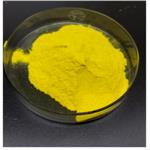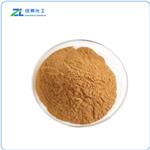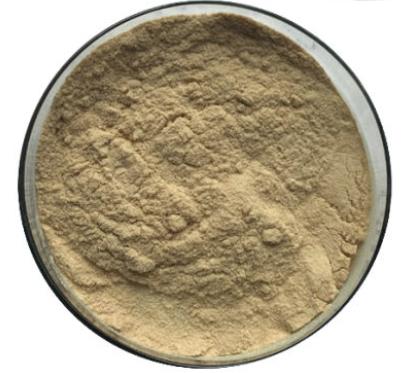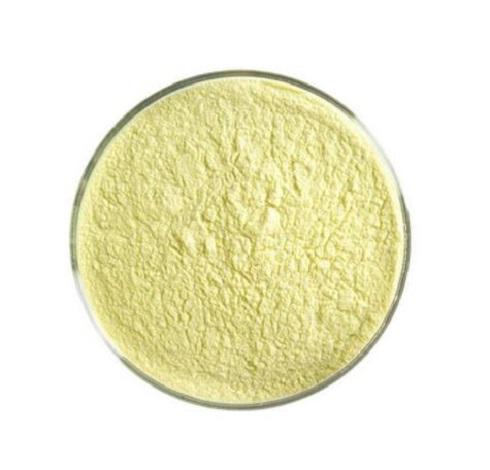Uses of Saponin
Demand for bean products is growing because of the presence of several health-promoting components in edible bean products such as saponins. Saponins are naturally occurring compounds that are widely distributed in all cells of legume plants. Saponins, which derive their name from their ability to form stable, soaplike foams in aqueous solutions, constitute a complex and chemically diverse group of compounds.

Occurance
Saponin is bitter compounds that are naturally present in quinoa—along with lots of other foods, including a wide variety of legumes, vegetables, and herbs. They get their name because they lather up in water, like soap suds. In fact, the herb soapwort is one of the most concentrated sources of saponins and can be used to make a natural cleanser.
Uses
The saponins are a subclass of terpenoids, the largest class of plant extracts. The amphipathic nature of saponins gives them activity as surfactants with potential ability to interact with cell membrane components, such as cholesterol and phospholipids, possibly making saponins useful for development of cosmetics and drugs.Saponins have also been used as adjuvants in development of vaccines,such as Quil A, an extract from the bark of Quillaja saponaria.This makes them of interest for possible use in subunit vaccines and vaccines directed against intracellular pathogens.In their use as adjuvants for manufacturing vaccines, toxicity associated with sterol complexation remains a concern.
While saponins are promoted commercially as dietary supplements and are used in traditional medicine, there is no high-quality clinical evidence that they have any beneficial effect on human health.Quillaja is toxic when consumed in large amounts, involving possible liver damage, gastric pain, diarrhea, or other adverse effects.
Saponins are used for their effects on ammonia emissions in animal feeding.In the United States, researchers are exploring the use of saponins derived from plants to control invasive worm species, including the jumping worm.
Saponins exhibit antioxidant potential in brain mitochondria.
Biological functions
Saponins have hypolipidemic properties as they reduce cholesterol and low density lipoprotein levels and may be helpful in the treatment of dyslipidemia.
Saponins exhibit cytotoxic effect on cancer cells through induction of apoptosis. They also have chemotherapeutic properties as they have mechanisms that control protein expression linked to cell cycle, cancer progression and metastasis.
The antidiabetic effects of saponins have been extensively reported, with saponins being identified as an antidiabetic principle from medicinal plants.Several mechanisms have been proposed for the antidiabetic properties of saponins which include, activation of Peroxisome proliferator-activated receptors gamma (PPARγ),activation of Glucose transporter type 4 (Glut4),Activation of adiponectin expression,Activation of PI3K/Akt Pathway,increase in expression of adipsin and activation of AMP-activated protein kinase (AMPK).
);You may like
Related articles And Qustion
Lastest Price from Saponin manufacturers

US $28715.00-28700.00/Tons2024-04-30
- CAS:
- 8047-15-2
- Min. Order:
- 1Tons
- Purity:
- 99.99%
- Supply Ability:
- 100Tons

US $200.00-85.00/kg2024-04-23
- CAS:
- 8047-15-2
- Min. Order:
- 1kg
- Purity:
- 99%
- Supply Ability:
- 20ton



